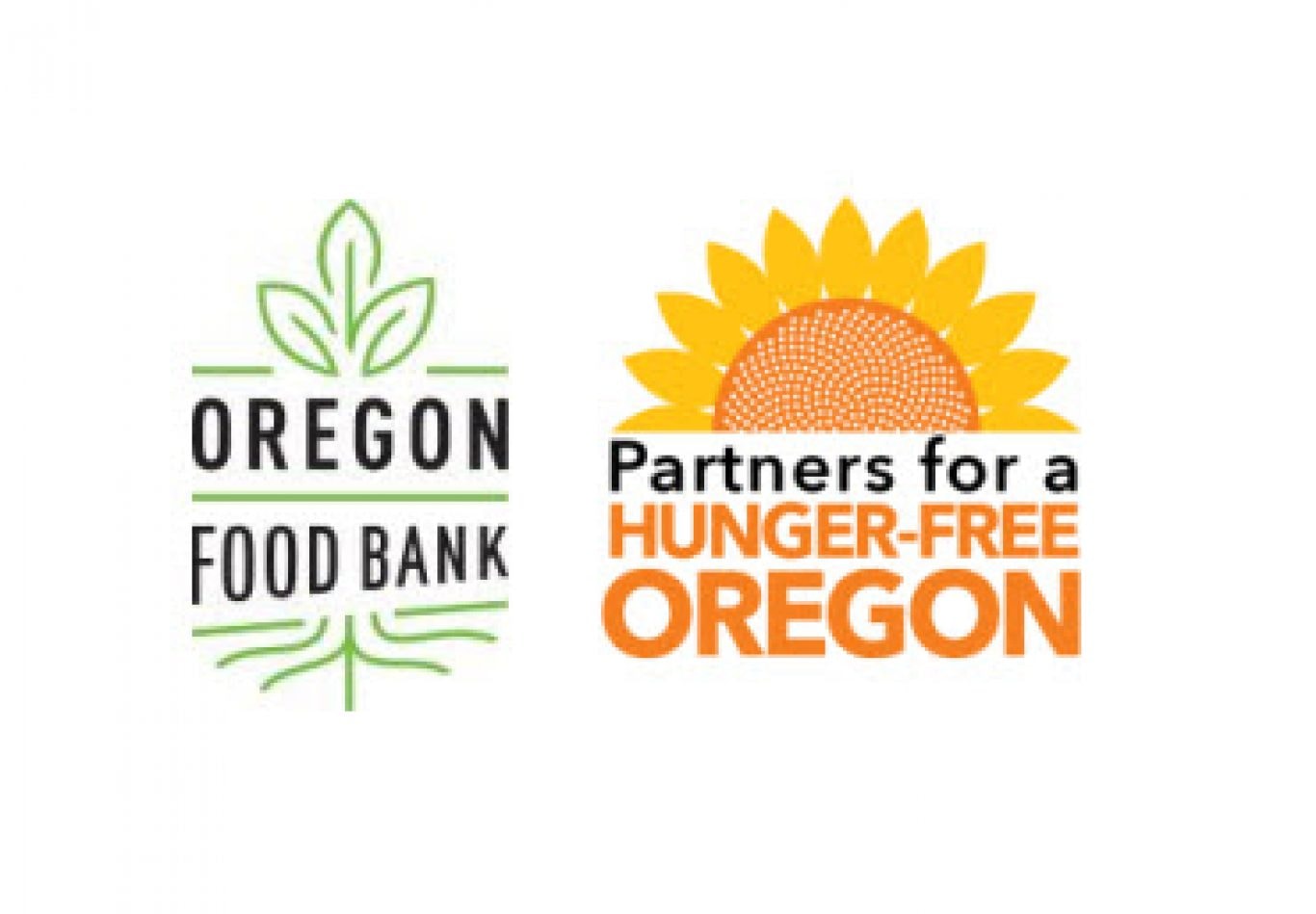Press Release
PRESS RELEASE: Statewide Policies Drive Reduction in Hunger for Oregonians, New Report Reveals
PRESS RELEASE: Statewide Policies Drive Reduction in Hunger for Oregonians, New Report Reveals
Advocates remain concerned that cuts to Supplemental Nutrition Assistance Program threaten improvements
September 6, 2019 — Food insecurity among Oregonians has decreased by nearly a third since the Oregon Legislature passed a law increasing the minimum wage in 2016.
According to a new report from the United States Department of Agriculture, food insecurity in Oregon dropped down by 31 percent from 2015 to 2018, the lowest rate since prior to the 2008 recession.
“We know that better wages lead to fewer families worrying about paying for food,” said Annie Kirschner, Executive Director of Hunger-Free Oregon. “It’s an example of public policy working to address hunger.”
The rate of Oregonians that do not have access to enough affordable, nutritious food dropped from 16 percent to 11 percent during this three-year period. Oregon passed a landmark minimum wage law in 2016, creating a three-tiered rate that requires employers to provide increases annually from 2016 to 2022. Several other states saw significant drops in food insecurity, which also enacted minimum wage increases over this period, such as Nebraska, Colorado, and New York.
The report also reveals that disparities in hunger between households headed by people of color and white households are still persistent. Food insecurity among African American and Native American households are more than double the rate of white households in Oregon, due to the legacy of exclusions in home ownership and land displacement. Latinx families also face higher rates of hunger, many affected by biased immigration policies, including a pending rule change to penalize certain categories of documented immigrants if they receive food
assistance through SNAP.
“Hunger is a community-wide symptom of unequal access to healthy food and barriers to employment, education, housing and health care,” said Susannah Morgan, Chief Executive Officer of Oregon Food Bank. “This report demonstrates we can reduce food insecurity by ensuring everyone has a living wage and that we must continue to invest in safety net programs that make it possible Oregonians to buy food.
“It’s also clear Oregon’s investments are not reaching communities of color equitably and that needs to change,” Morgan said. “Ending hunger means ensuring that all of us—no matter our racial background, our identity, the language we speak or where we’re from—have the opportunity to earn a living, get the health care we need without going into debt, and afford safe, secure housing.”
In light of the progress, advocates remain deeply concerned about the Trump administration’s proposal to cut Supplemental Nutrition Assistance Program (SNAP, formerly food stamps), which would take away benefits to an estimated 66,000 Oregonians.
The Trump Administration’s proposed change to “categorical eligibility” hasn’t yet taken effect but would remove access to SNAP for nearly one in ten households in Oregon. The public has until September 23 to comment on this proposal.
“When the next recession comes, Oregon needs to be prepared,” warns Kirschner. “We know SNAP works to put food on the table, but federal changes are looming that would exclude tens of thousands of our neighbors. Oregon could likely shoot right back up to being number one for hunger, if we don’t protect the gains we’ve made.”
Additional key findings from the report include:
- One in nine households in Oregon still experience food insecurity, in line with the national average. This means that more than 480,000 Oregonians struggle to afford food, the equivalent of the combined population of Eugene, Gresham, Bend, and Medford.
- Children were food insecure in 7.1 percent of US households. The percentage of households with food insecure children was higher for female-headed households (15.9 percent), who face pay inequities and gender bias.
About Hunger-Free Oregon
The nonprofit Partners for a Hunger-Free Oregon believes that all Oregonians have the right to be free from hunger. Hunger-Free Oregon raises awareness about hunger, connects people to nutrition programs like SNAP and school meals, and advocates for systemic changes to end hunger in Oregon. We convene the state’s Hunger Task Force to research the status of hunger and layout a plan of action to tackle the root causes. When 1 in 5 kids are food insecure and communities of color face hunger at even higher rates, we must all work together for bold change. Learn more at oregonhunger.org
About Oregon Food Bank
Oregon Food Bank (OFB) believes that food and health are basic human rights for all. Hunger is not just an individual experience; it is also a community-wide symptom of barriers to employment, education, housing and health care. To end hunger in Oregon, OFB builds community connections to help people access nutritious, affordable food today, and community power to eliminate the root causes of hunger for good. Learn more at
oregonfoodbank.org
###
MEDIA CONTACTS:
Matt Newell-Ching
matt@oregonhunger.org
503-956-9735
Cody Ross Romero
cody@brinkcomm.com
505-385-7586
